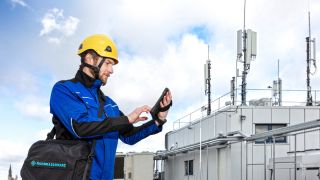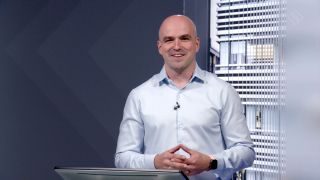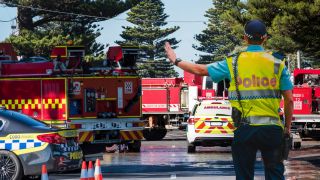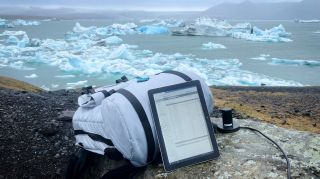Optimisez la performance et la qualité du réseau
Un réseau et une performance de service optimisés sont essentiels pour la fiabilité et une exploitation rentable des réseaux mobiles, à la fois publics et privés. La fourniture d'une qualité d'expérience (QoE) supérieure est l'une des clés du succès pour les opérateurs de réseaux mobiles, et les marchés dépendent du bon fonctionnement des réseaux privés. C'est pourquoi le test de réseaux actifs et passifs à venir, ainsi que la vérification et l'optimisation de la performance, sont essentiels pour répondre aux attentes des utilisateurs finaux humains et de remplir les conditions nécessaires en termes de communication des machines.
Solutions de test intégrées pour le cycle de vie entier du réseau
Rohde & Schwarz propose une gamme complète se composant de produits autonomes, de solutions intégrées et de services d'analyses de réseaux. Nous couvrons
- Le cycle de vie entier des réseaux publics et privés.
- Toutes les technologies cellulaires, jusqu'à la 5G
- Toutes les architectures réseaux, y compris Open RAN
- Une large gamme de scénarios de test et mesure afin d'évaluer et d'optimiser la performance réseau, de la couche RF jusqu'à la QoS/QoE
Si vous avez d'autres questions, veuillez nous contacter.



























